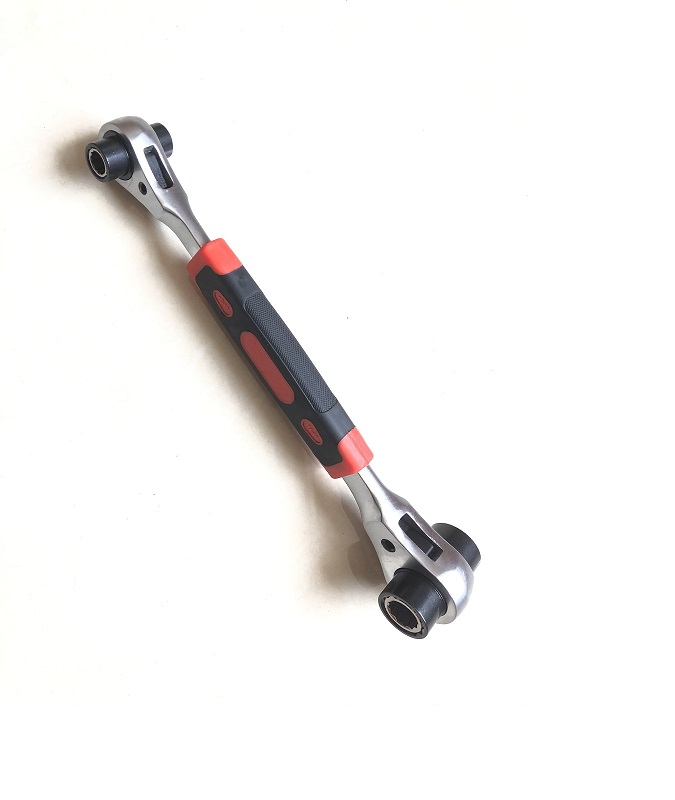

Cast iron bent plates are used to check the 90° angle o […]
Cast iron bent plates are used to check the 90° angle of the workpiece, check the mutual perpendicularity of the relevant surfaces of the parts when repairing the equipment, and are also often used for bench scribing. It can also be commonly used for inspection, installation, and vertical inspection of machine tools. It can also check the verticality of workpieces on cast iron plates. It is suitable for inspection of machinery and instruments and inspection of non-verticality between machine tools.
As a large-scale casting, cast iron bent plate needs heat treatment to improve its performance and improve the inherent quality of cast iron castings. Metal heat treatment is one of the important processes in mechanical manufacturing. Compared with other processing processes, heat treatment generally does not change the shape and overall chemical composition of the workpiece, but by changing the microstructure inside the workpiece or changing the chemical composition of the surface of the workpiece , To give or improve the performance of the workpiece. Its characteristic is to improve the internal quality of the workpiece.
In order to make the metal workpiece have the required mechanical properties, physical properties and chemical properties, in addition to the reasonable selection of materials and various forming processes, heat treatment processes are often not available. Steel is a widely used material in the machinery industry. The microstructure of steel is complex and can be controlled by heat treatment. Therefore, the heat treatment of steel is the main content of metal heat treatment. In addition, aluminum, copper, magnesium, titanium, etc. and their alloys can also change their mechanical, physical and chemical properties through heat treatment to obtain different performance properties.
Overall heat treatment is a metal heat treatment process that heats the entire workpiece and then cools it at an appropriate speed to change its overall mechanical properties. The overall heat treatment of steel has four basic processes: annealing, normalizing, quenching and tempering.
www.ratchetspanner.com

Yuyao Golden Sun Tools Co., Ltd.